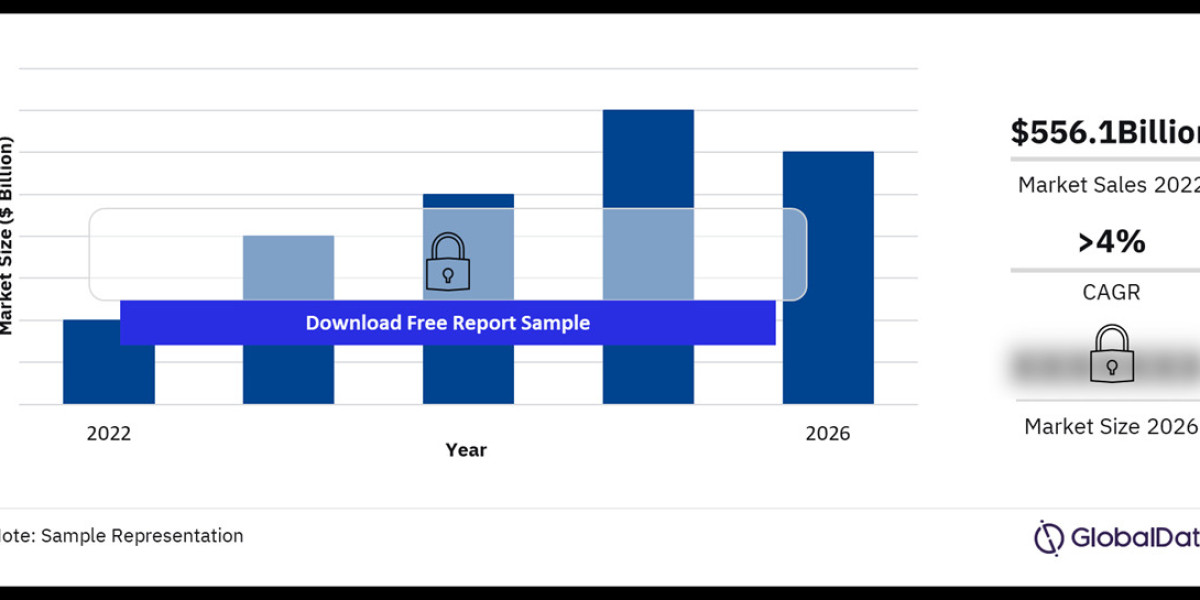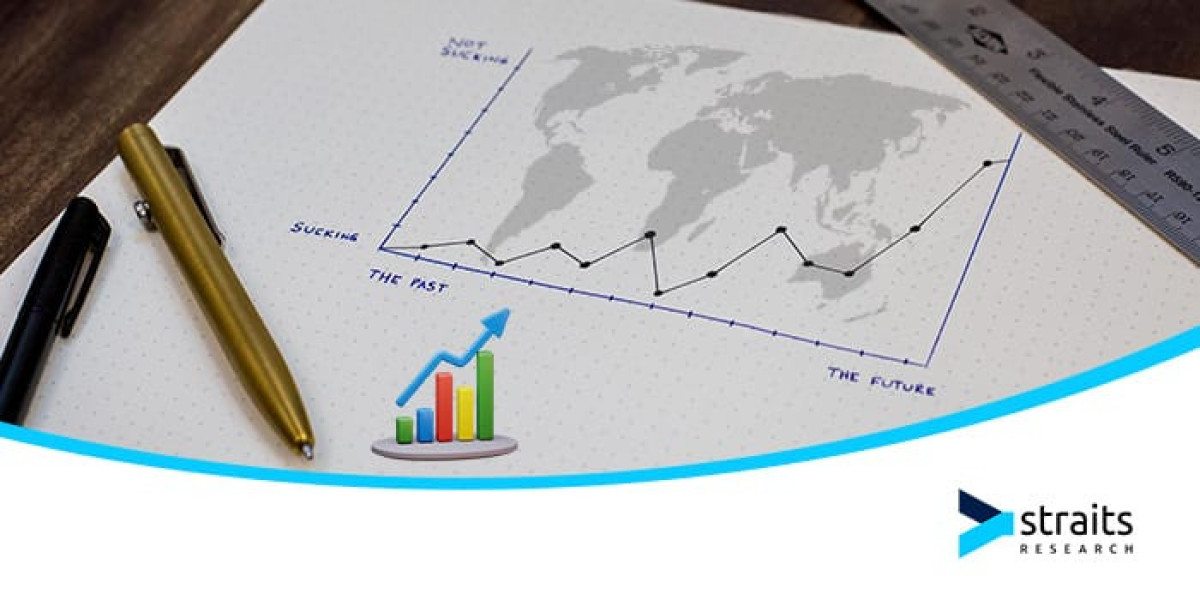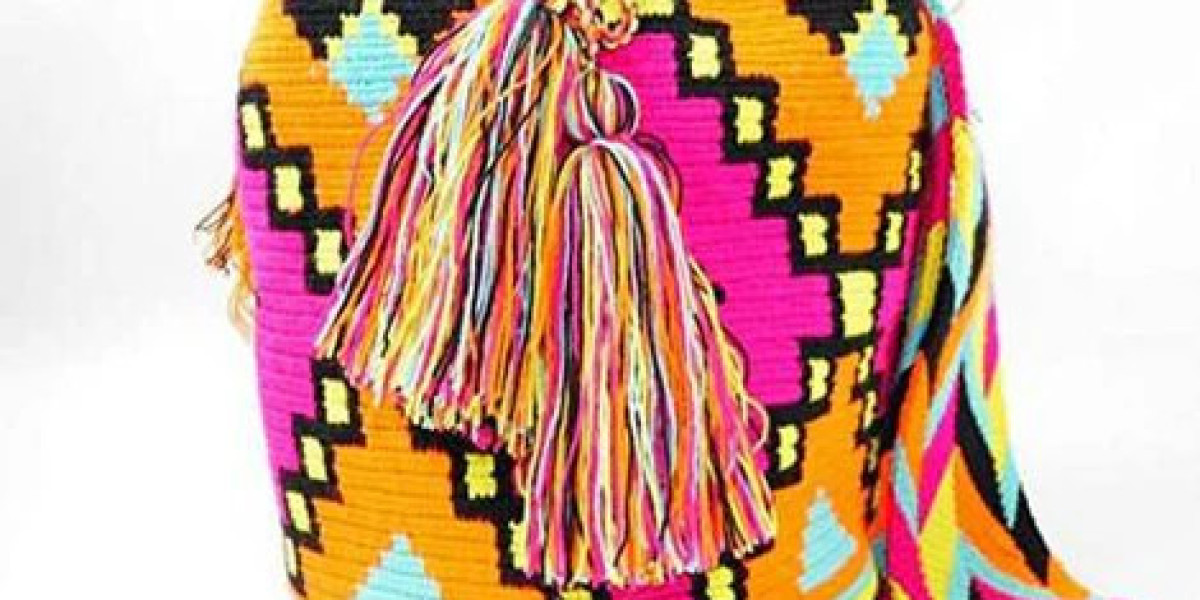The USA apparel market is one of the largest and most dynamic sectors in the global fashion industry. With a rich history and diverse consumer base, the market continuously evolves, adapting to changing consumer preferences, technological advancements, and economic fluctuations. This article delves into the key trends shaping the USA apparel market, insights into consumer behavior, and the future outlook for this thriving industry.
Market Overview
The USA apparel market is a significant contributor to the country's economy, with revenues reaching approximately $400 billion annually. The sector encompasses a wide range of products, including casual wear, formal wear, sportswear, and accessories, catering to various demographics. The market's growth is driven by several factors, including rising disposable incomes, increased fashion consciousness, and the expansion of e-commerce platforms.
Key Trends in the USA Apparel Market
Sustainability and Ethical Fashion: Sustainability has become a central theme in the apparel industry, with consumers increasingly demanding eco-friendly and ethically produced clothing. Brands are responding by adopting sustainable practices, such as using organic materials, reducing waste, and ensuring fair labor practices. Companies like Patagonia, Levi’s, and Everlane have set benchmarks in sustainable fashion, influencing other brands to follow suit.
Growth of Athleisure: The athleisure trend, which blends athletic wear with casual fashion, continues to gain popularity in the USA. Driven by the growing focus on health and wellness, consumers are opting for comfortable yet stylish clothing suitable for both workouts and everyday activities. Brands like Lululemon, Nike, and Under Armour have capitalized on this trend, expanding their product lines to include versatile athleisure items.
Digital Transformation and E-commerce: The rise of e-commerce has revolutionized the way consumers shop for apparel. Online platforms offer convenience, a wide variety of choices, and competitive pricing, attracting a large segment of shoppers. Retail giants like Amazon, along with dedicated fashion e-commerce sites like ASOS and Zara, have significantly impacted traditional brick-and-mortar stores. Additionally, augmented reality (AR) and virtual fitting rooms are enhancing online shopping experiences, making it easier for consumers to find the right fit and style.
Personalization and Customization: Personalization is becoming a crucial factor in the apparel market, with consumers seeking unique, customized products that reflect their individual styles. Advances in technology have enabled brands to offer personalized shopping experiences through data analytics, AI-powered recommendations, and customizable product options. Companies like Nike and Adidas offer custom-designed sneakers, allowing consumers to choose colors, materials, and even add personal touches like initials.
Influence of Social Media and Influencers: Social media platforms like Instagram, TikTok, and Pinterest play a pivotal role in shaping fashion trends and driving consumer behavior. Influencers and celebrities often set trends by showcasing the latest styles and collaborating with brands for exclusive collections. The power of social media marketing has led to the rise of direct-to-consumer (DTC) brands, which leverage social media channels to reach target audiences and build brand loyalty.
Consumer Insights
Understanding consumer behavior is crucial for success in the USA apparel market. The market is diverse, with varying preferences based on factors like age, gender, income, and cultural background. Some key consumer insights include:
- Millennials and Gen Z: These generations prioritize sustainability, authenticity, and convenience. They are more likely to purchase from brands that align with their values and offer seamless online shopping experiences.
- Preference for Value and Quality: While fashion trends are important, consumers are increasingly seeking value for money. Quality, durability, and comfort are key considerations when making purchasing decisions.
- Increased Interest in Second-hand and Rental Fashion: The growing awareness of environmental issues has led to a rise in the popularity of second-hand and rental fashion platforms like ThredUp and Rent the Runway. These options offer consumers a sustainable way to refresh their wardrobes without contributing to fast fashion waste.
Future Outlook
The future of the USA apparel market looks promising, with continued growth expected in the coming years. However, the market will need to navigate challenges such as supply chain disruptions, economic uncertainties, and changing consumer preferences. Some key factors that will shape the future include:
- Sustainability Initiatives: As consumers become more environmentally conscious, brands that prioritize sustainability will gain a competitive edge. Investments in sustainable materials, ethical manufacturing processes, and transparent supply chains will be critical.
- Technological Advancements: Innovations in technology will continue to transform the apparel industry. From AI-driven design and production to blockchain for supply chain transparency, technology will play a vital role in enhancing efficiency, reducing costs, and improving customer experiences.
- Omnichannel Retailing: The integration of online and offline retail experiences will be crucial for success. Brands will need to offer seamless shopping experiences across various channels, including mobile apps, social media, physical stores, and e-commerce platforms.
- Adaptation to Consumer Demands: The ability to quickly adapt to changing consumer demands will be essential. This includes staying ahead of fashion trends, offering personalized products, and providing excellent customer service.
Buy Full Report for More Insights into the US Apparel Market Forecast, Download a Free Report Sample



